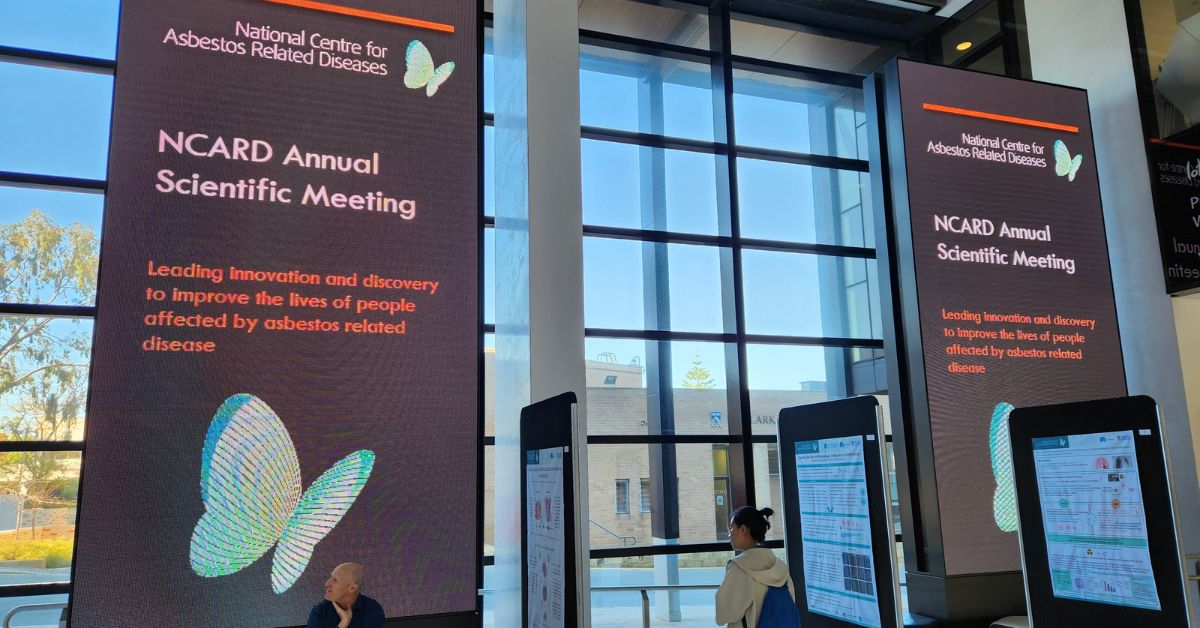The 2024 NCARD Annual Scientific Meeting was held on September 18th and 19th at the Harry Perkins Building in QEII Medical Centre. The event included a Public Lecture on the opening day.
The event was an opportunity for researchers to share and discuss their work, facilitating the exchange of innovative ideas and new collaborations.
This year’s ASM spanned a wide range of research areas, focussing not only on mesothelioma, lung cancer, and pleural disease but also on cancer biology in general and the health system’s national infrastructure.
Opening day presentations ranged from computational models’ potential in deciphering cancer mutations to AI’s promises and challenges in mesothelioma research. The meeting also highlighted advancements in pleural research, antigen-targeted therapies, and the exploration of copper-lowering drugs as a novel approach to mesothelioma treatment.

In the afternoon, our students gave their three-minute thesis presentations. Each student had but a single PowerPoint slide and three minutes to provide a captivating, lay summary to the audience. This opportunity allows them to hone their scientific communication skills, preparing them for post-NCARD endeavours, where the ability to explain research succinctly to non-scientific audiences is vital.
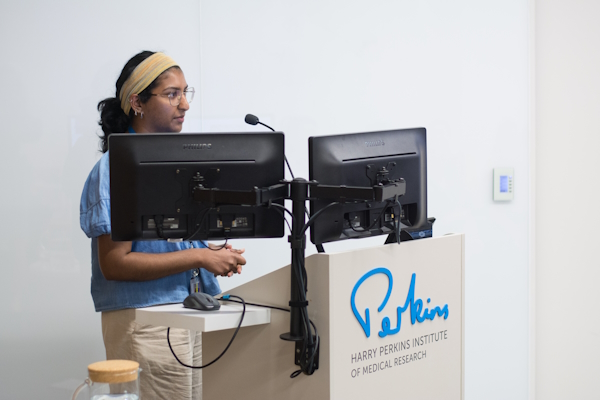
On the second day, imaging and nuclear medicine took centre stage, with presentations on imaging data mining and federated learning, as well as the development of new PET tracers. Other crucial topics touched upon during the ASM included the optimal approaches for combining radiotherapy with immunotherapy and the potential of organoids in liver cancer research.
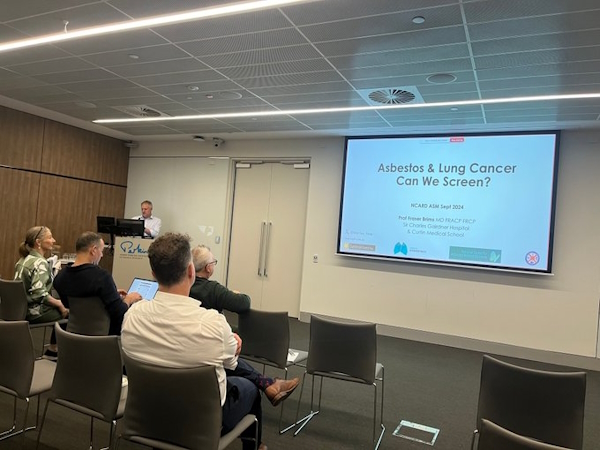
These sessions underscored the importance of emerging technologies in enhancing our understanding and treatment of cancer.
We were proud to host international and interstate collaborators at our event, including Prof Tamir Tuller from Tel Aviv University, Dr Elham Beheshti from the Asbestos and Dust Diseases Research Institute and A/Prof Lois Holloway from UNSW Sydney.
Local collaborators external to NCARD also attended our event, including Dr Ben Dwyer from Curtin University, Drs Ben Wylie and Linda Wijaya from The Kids Research Institute, Dr Laurence Morandeau from Sir Charles Gairdner Hospital, and Dr Joseph Ioppolo from the National Imaging Facility.
We want to thank them once again for speaking at our ASM. Their participation has enhanced the richness of our event’s scientific exchange and discussion.
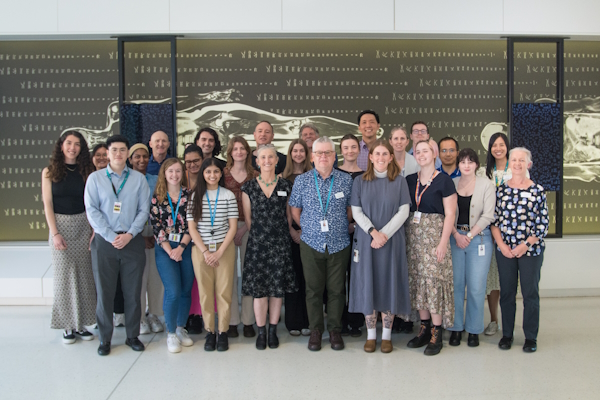
Finally, we would like to thank our very own Dr Jonathan Chee for convening the ASM and Public Lecture, our program manager, Dr Tanya Ward, for organising the events, and the NCARD scientists and students. Their involvement was instrumental to the success of our event.
Asbestos: New Frontiers in Management, Science, and Care
The 2024 NCARD Public Lecture kicked off on the evening of the NCARD ASM’s opening day. It featured three expert speakers who addressed the management, science, and care of asbestos and asbestos-related diseases.
Thuroona Services’ director, Samuel Jackson, highlighted the Wittenoom asbestos mines’ legacy and the challenges in cleaning up asbestos-contaminated areas following disasters like bushfires, cyclones, and tornadoes.
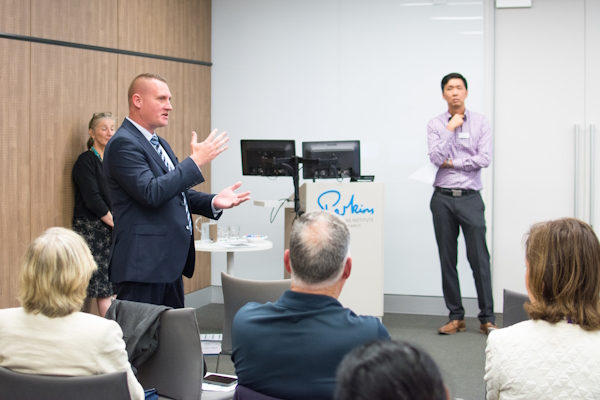
NCARD’s Dr Melvin Chin, a medical oncologist at Sir Charles Gairdner Hospital, spoke of how recent breakthroughs in mesothelioma treatment have allowed for tailored treatments based on a patient’s tumour characteristics and personal values.

The final speaker for the evening was our scientific director, Professor Jenette Creaney, who provided an overview of the centre’s research programs aimed at developing new treatment options for mesothelioma. She discussed preclinical studies combining radiotherapy with immunotherapy, the DREAM clinical trial combining chemotherapy and immunotherapy, and the potential of a personalised cancer vaccine approach.
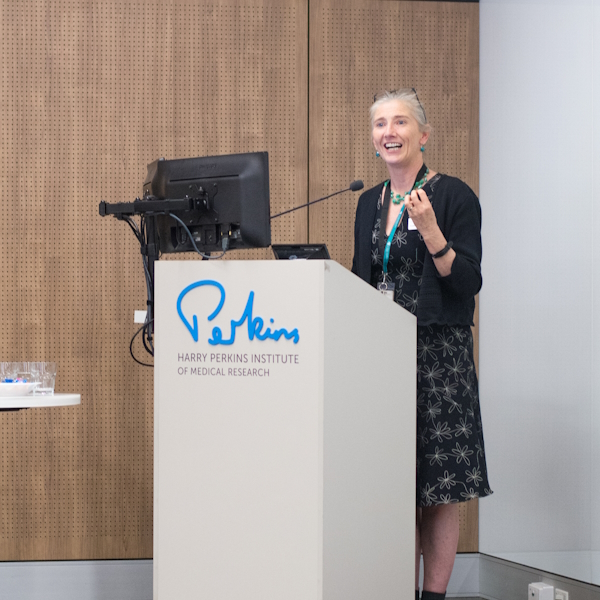
The public discussion was well-attended by diverse stakeholders in asbestos-related diseases, including patients, researchers, students, representatives from non-profits, industry professionals, and their families, who joined us online and in person.
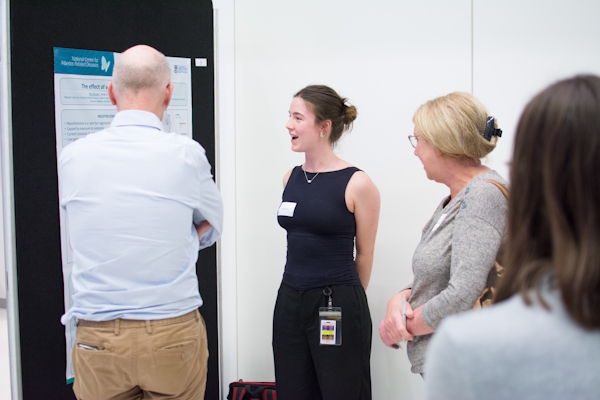
As the evening wound down, speakers and audience members adjourned to the foyer, where poster boards displaying our students’ research were available for viewing. Guests mingled over refreshments while the students stood by their posters, talking with attendees and sharing their research.


